Inspired by ‘80s rom-coms, The Waltz explores young love and the intimacy of sharing stories
Marie Beath Badian channeled her passion for John Hughes movies while writing The Waltz, a story of two second-generation Filipino Canadian teenagers who find love and connection when they least expect it.
Set to run for the second time at Factory Theatre later this month, The Waltz is the sequel to Badian’s 2013 hit comedy play, Prairie Nurse, which was met with acclaim when it premiered at the Blyth Festival in 2013. A romantic comedy combined with a coming-of-age tale, or a “coming-of-heart story,” as director Nina Lee Aquino has nicknamed it, the play tells the story of RJ, who travels from Scarborough to Vancouver to attend University, making a pit stop in rural Saskatchewan on his way.
It’s there that he meets Bea Klassen, with whom his life is far more connected than either of them first realize. Despite some initial hesitancy, the two teenagers spend one increasingly intimate evening together accompanied only by a boombox and surrounded by the natural beauty of the prairies.
“It really is a story of finding one another at a time where one is running towards something and one is running away from something, but both are on a brink of change in their lives and they’re right at that intersection,” Aquino told me in an interview. “It is your classic romantic comedy about two stubborn young people who come in guarded and, in the end, share a bit of themselves.”
Badian knew she wanted to write a sequel to Prairie Nurse after audiences overwhelmingly labeled it “an immigration story.” Though she didn’t feel like it was one, viewers clearly did — and she believed an immigration story should be continuous and ongoing, following the experiences of multiple generations. Naturally, The Waltz picks up where Prairie Nurse left off, centring on the children of Prairie Nurse’s protagonists. While participating in the Blyth Festival writing residency, Badian concluded that she would ultimately turn it into a trilogy (she’s currently working on the third play, called The Cottage Guest). Her inspiration for The Waltz’s storyline came in 2018, when she became increasingly aware of the overabundance of sad stories and longed for a reprise from the heaviness.
“I wanted to see two brown people fall in love,” Badian said over Zoom. She and Aquino share a mutual passion for rom-coms (they both adore Some Kind of Wonderful), and they each spent their teen years living vicariously through the protagonists in ‘80s and ‘90s romance films. With this play, Badian hoped to bring herself, and others like her, one step closer to actually being them.
Set in 1993, the play is a blast of nostalgia for those who grew up in and around the ‘90s. It’s full of “easter eggs,” as Aquino calls them, or cultural references to that time. And it’s also a tribute to the innocence, excitement, and humour involved with falling in love as a teenager.
Authenticity may include trauma or suffering, but it doesn’t have to end in sadness. It isn’t the end of the story and it isn’t the point of the story.
“It invites audiences to look back at their experience of young love,” Aquino said. “We weren’t old enough or wise enough to be ourselves. We didn’t have the tools yet to be real, and we made idiots of ourselves. But regardless, it was love all the same. What these two are feeling, and what we’re hoping the audience will feel in looking back, is that that was love to you back then, too.”
In this regard, The Waltz depicts an experience that can resonate with anyone, regardless of their background, but Badian hopes that portraying the characters’ unique experiences as Filipino Canadians will also provide some much-needed affirmation to all those who rarely get to see their families represented, including her own child.
“I get very jealous of folks that can look at the Canadian canon and say, ‘that’s my family!’” Badian conceded. “So this is something I can do for my kid — I can put not just a story of falling in love on stage, but I can add a little bit about who they are and where they came from within this sandbox of a romantic comedy.”
While Badian was writing the play and dissecting what it is that makes us fall in love with each other, she ultimately found that “we find intimacy with each other through sharing stories.” Inherent in that process is the exploration of trauma. The Waltz doesn’t deny this reality, Badian said, but it does make a point of saying that while we all have trauma, and while sharing this trauma is a part of opening up to another human, it does not have to define us.
“Authenticity may include trauma or suffering, but it doesn’t have to end in sadness,” she said. “It isn’t the end of the story [and] it isn’t the point of the story.”
The Waltz had its world premiere last year, and its remount will run from September 6 to 17 at Toronto’s Factory Theatre, at the Prairie Theatre Exchange in Winnipeg from November 14 to 26, and the Great Canadian Theatre Company in Ottawa from February 13 to 25.

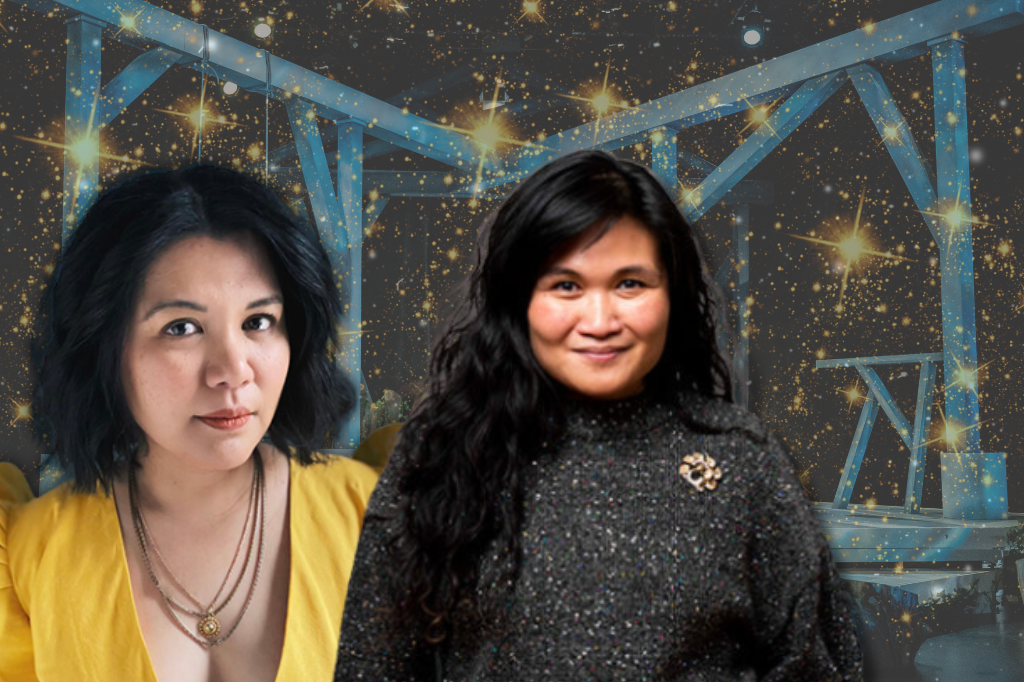
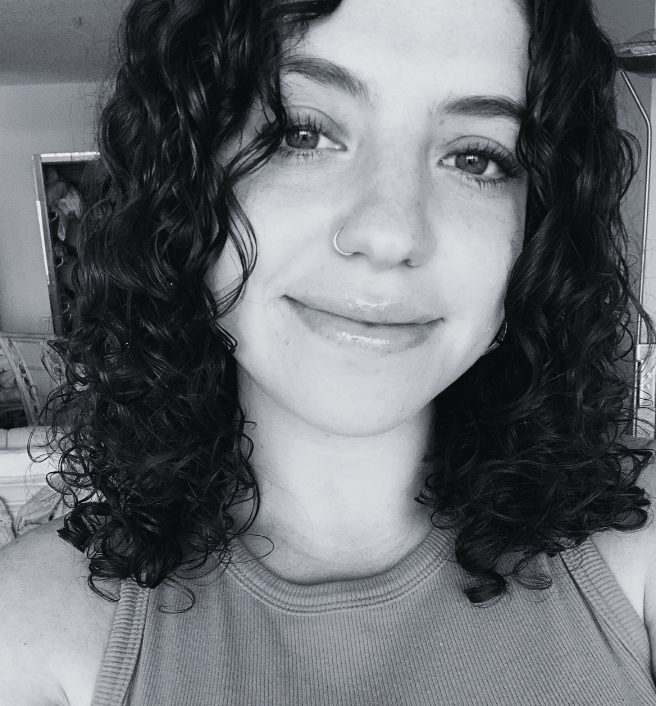
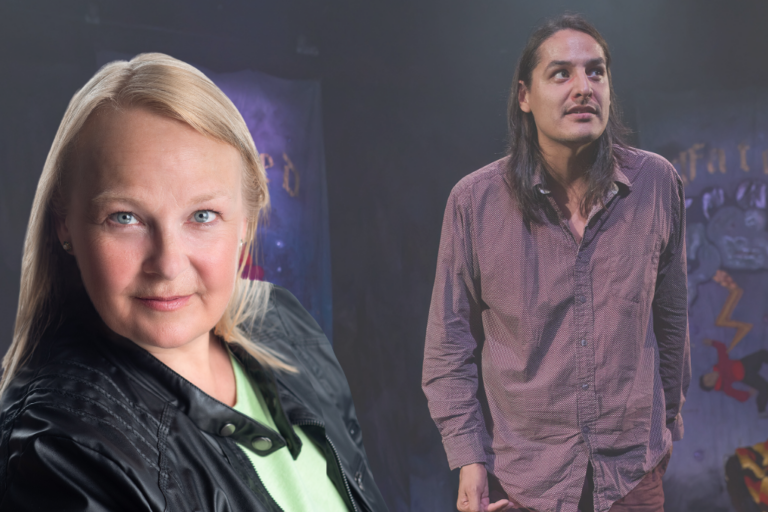
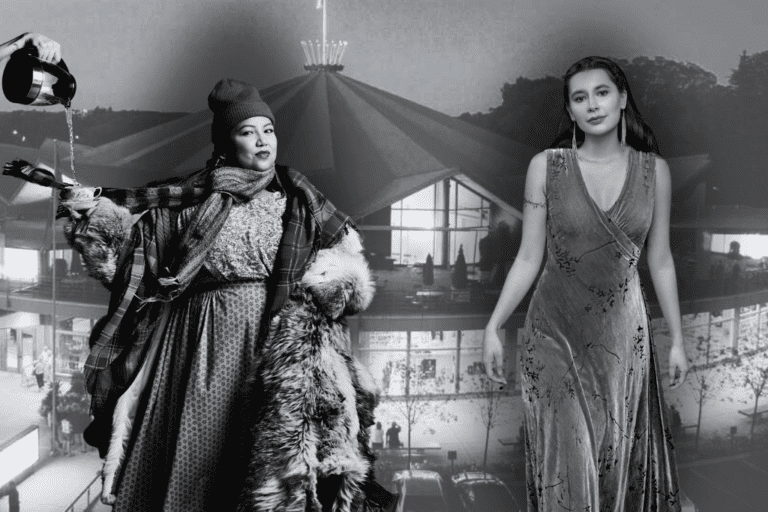

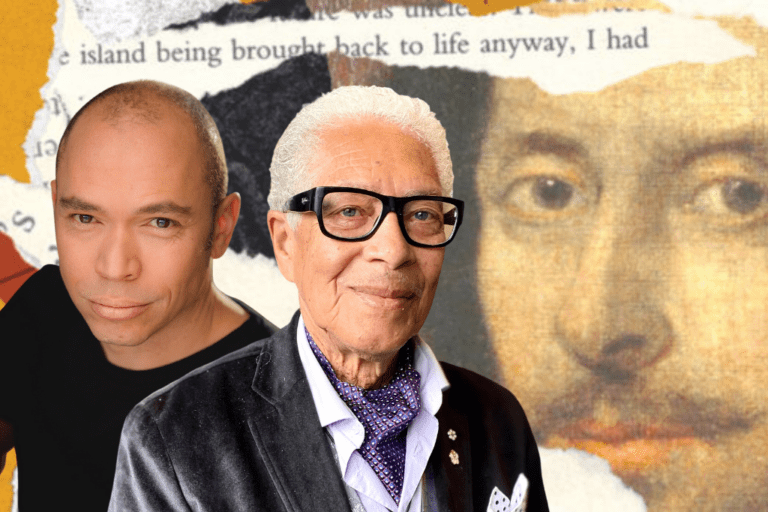
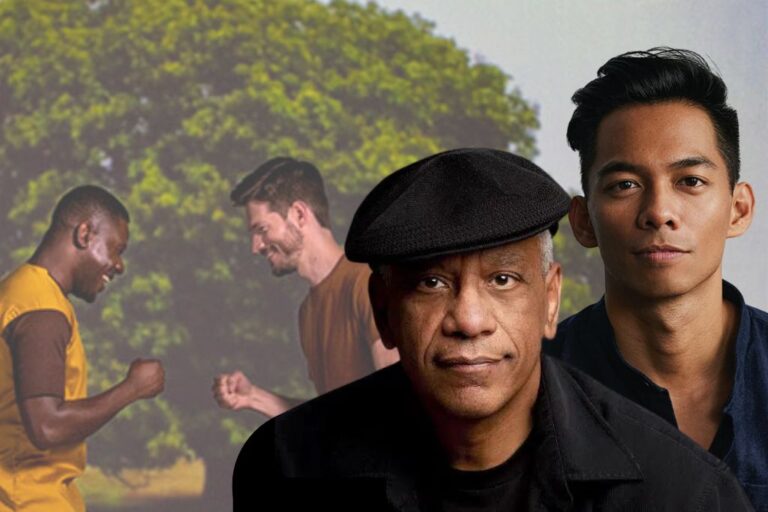
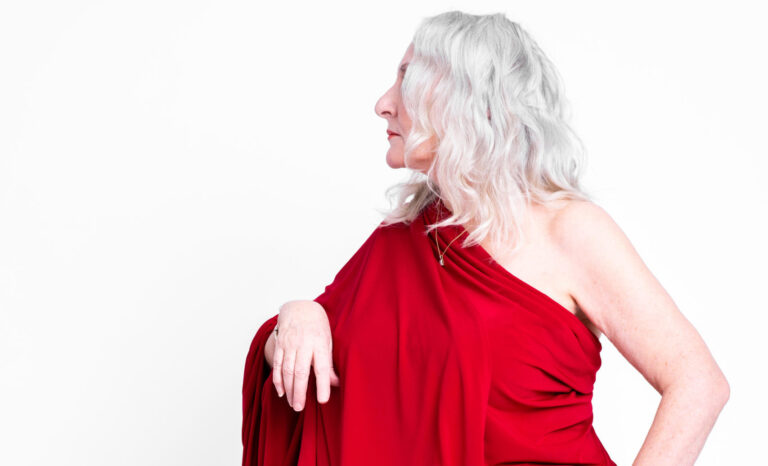


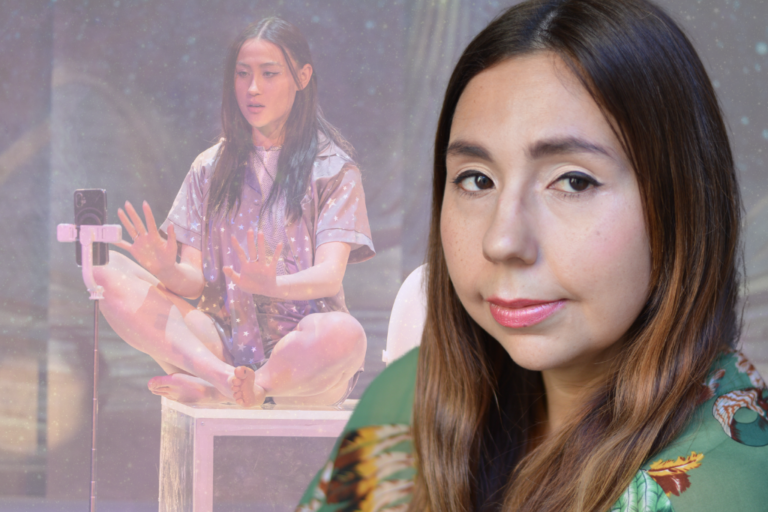
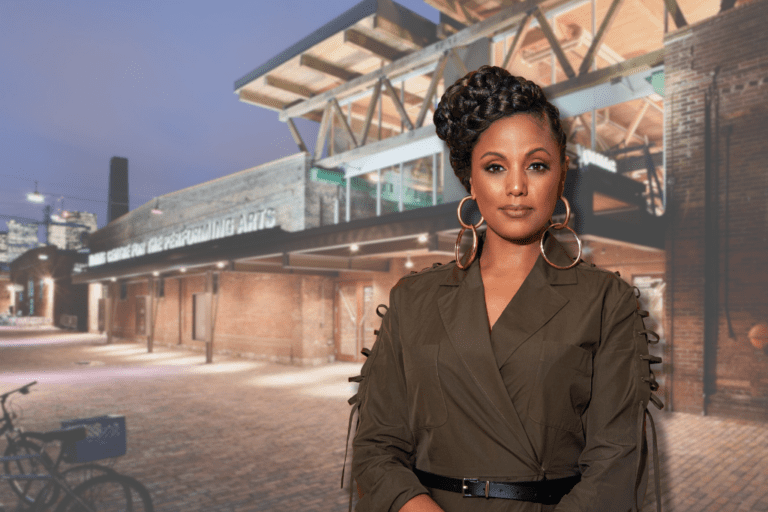
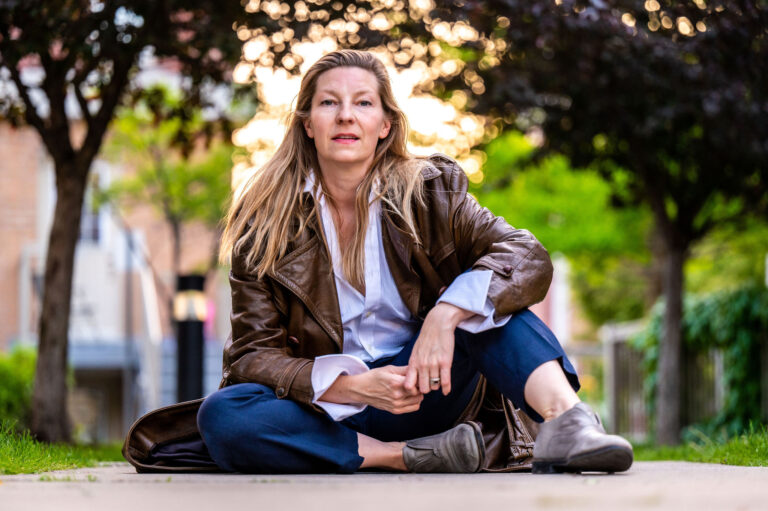
Comments